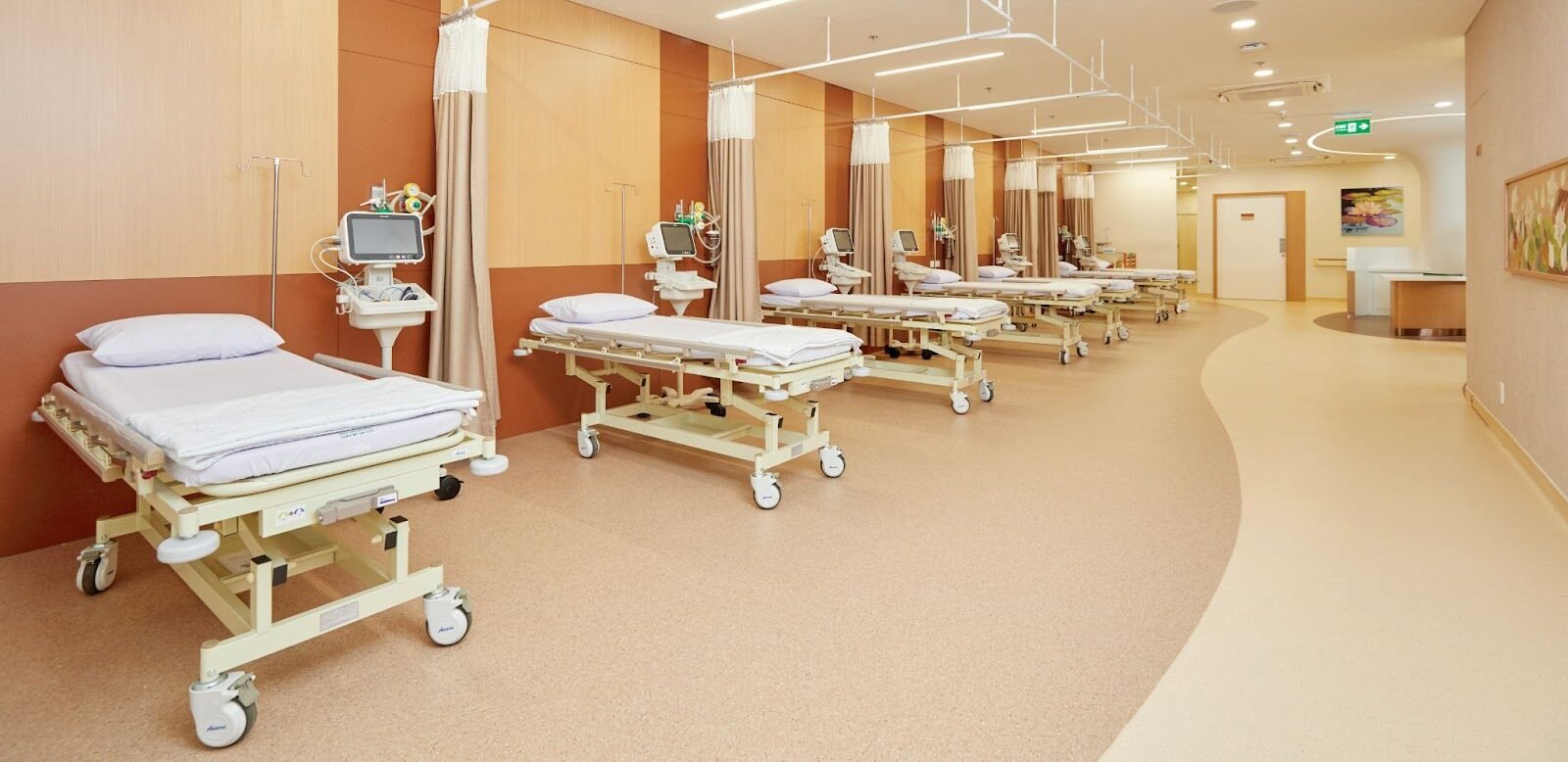Gastroscopy is a procedure that allows the endoscopist to directly examine the inside of the upper digestive tract (esophagus, stomach, duodenum) using a small flexible endoscope with a diameter of about 1 cm, inserted through the mouth. From the images obtained through the endoscope, doctors can identify abnormalities inside the upper digestive tract to diagnose and determine appropriate treatment measures.
Why should you undergo a gastroscopy?
Gastroscopy is one of the most accurate diagnostic methods, helping to identify the causes of digestive issues such as inflammation, bleeding ulcers, and other conditions in the upper gastrointestinal tract. Endoscopy helps find the cause of bleeding and treats conditions in the upper gastrointestinal tract.
Through endoscopy, doctors can perform biopsies of lesions for diagnosis and Cancer screening, as well as collect samples to detect H. pylori, a bacteria that causes stomach ulcers. Endoscopy can also be used to treat problems such as stomach and duodenal ulcers or varicose veins in the esophagus.
When is gastroscopy needed?
Gastroscopy is widely indicated. Most patients with problems in the upper gastrointestinal tract require gastroscopy. It is the optimal method for screening upper gastrointestinal Cancer .
Preparation for gastroscopy: you need to fast for at least 6-8 hours to ensure accurate results and reduce the risk of aspiration. Most medications can be taken before gastroscopy, but it’s important to inform doctors about any medications being used, such as aspirin, arthritis medications, anticoagulants, insulin, iron supplements, etc.
Tests such as electrocardiograms, chest X-rays, and coagulation function tests may be required depending on the specific case.
Gastroscopy procedure
Before the procedure: Patients are given mild painkillers and sedatives to reduce discomfort. If sedatives cannot be used, the doctor will numb the throat area to lessen discomfort when inserting the endoscope. The patient will lie on their left side while the scope is passed through the throat and gradually into the esophagus, stomach, and duodenum. During the procedure, lesions will be recorded, and necessary interventions such as biopsies, polyp removal, or bleeding control will be performed. Diagnostic endoscopy typically lasts about 10 minutes.
If therapeutic endoscopy is performed, such as polyp removal, ulcer bleeding control, or esophageal variceal ligation, the duration will be longer.
For patients who were sedated, after the procedure, they will be monitored in the recovery room for about 15 minutes to 1 hour before being discharged.
Notes after gastroscopy
- If sedatives were used, patients should avoid driving or operating machinery for 24 hours post-procedure.
- Feelings of bloating or gas will subside after a short period.
- Do not eat or drink until the local anesthesia has worn off (about 30 minutes to 1 hour).
- Monitor and detect early complications that may occur: Fever , sore throat, Chest pain , increasing abdominal pain, vomiting, or coughing up blood, and black stools.
- If you have a biopsy, make sure to get the results and continue monitoring.
To register for gastroscopy at Hoan My Gold PXL, please contact:
Hoan My Gold PXL
Address: 245 Phan Xich Long, Ward 2, Phu Nhuan District, Ho Chi Minh City
Phone: (028) 3990 3995 | 0901 840 678
Website: https://hoanmy.com/hoanmy-gold/
